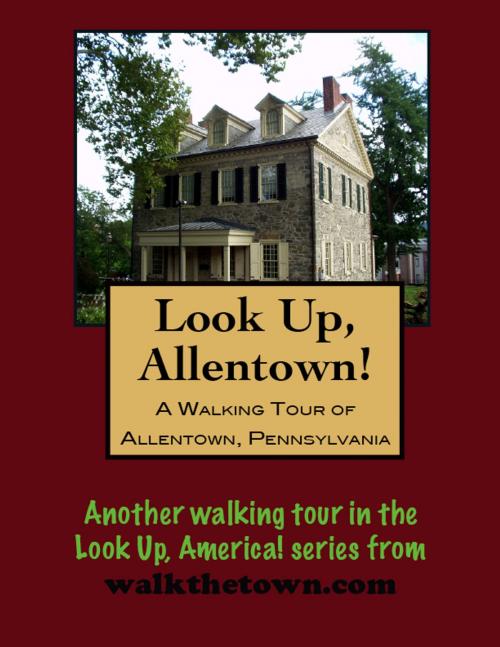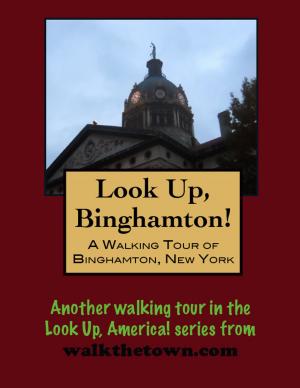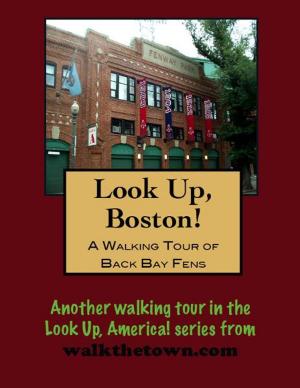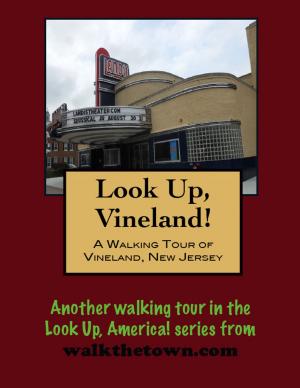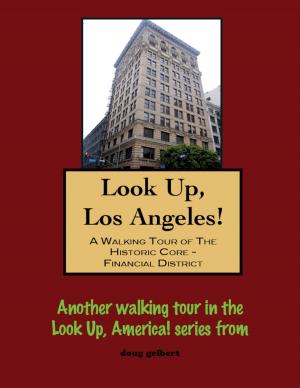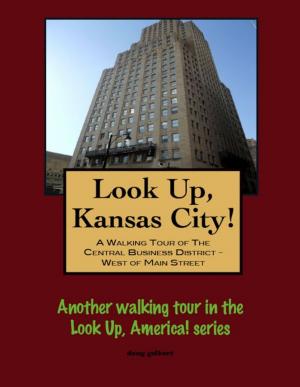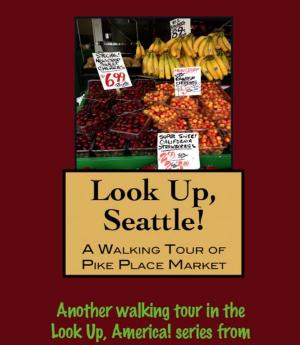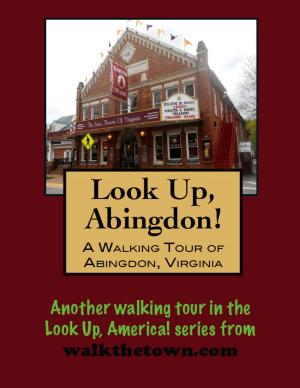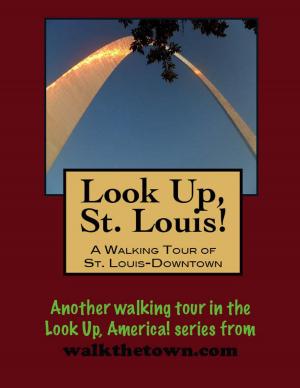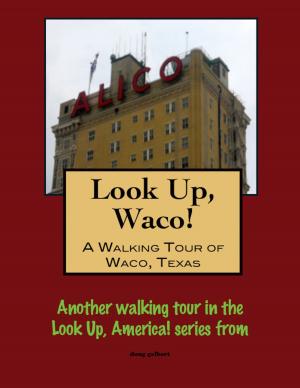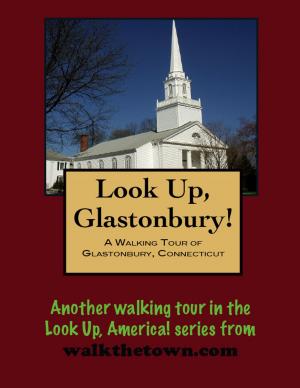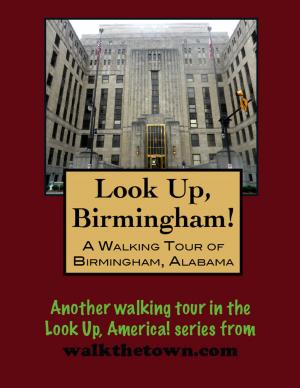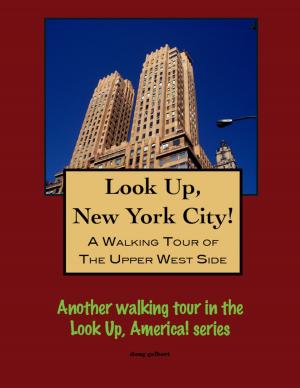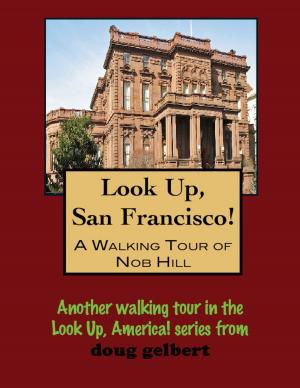| Author: | Doug Gelbert | ISBN: | 9781458149688 |
| Publisher: | Doug Gelbert | Publication: | January 29, 2011 |
| Imprint: | Smashwords Edition | Language: | English |
| Author: | Doug Gelbert |
| ISBN: | 9781458149688 |
| Publisher: | Doug Gelbert |
| Publication: | January 29, 2011 |
| Imprint: | Smashwords Edition |
| Language: | English |
There is no better way to see America than on foot. And there is no better way to appreciate what you are looking at than with a walking tour. Whether you are preparing for a road trip or just out to look at your own town in a new way, a downloadable walking tour is ready to explore when you are.
Each walking tour describes historical and architectural landmarks and provides pictures to help out when those pesky street addresses are missing. Every tour also includes a quick primer on identifying architectural styles seen on American streets.
Allentown was originally named Northamptontown by its founder, Chief Justice of Colonial Pennsylvania’s Supreme Court, William Allen. Allen, also a former Mayor of Philadelphia and successful businessman, drew up plans for the rural village in 1762. Despite its formal name, from the beginning, nearly everyone called it “Allen’s town”. Allen hoped Northamptontown would turn into a commercial center because of its location along the Lehigh River. The low water level most of the year, however, made river trade impractical. Sometime in the early 1770s, William Allen apparently gave the property to his son, James, who built a country home called Trout Hall after his father’s hunting and fishing lodge. Even by the time of the American Revolution, Allentown remained little more than a small village of Pennsylvania Dutch, more properly German, farmers and tradesmen
By the 1850s, however, on the back of the local iron industry, this youngest of the three cities in the Lehigh Valley had become the largest, as it remains today. From its founding in 1762 until its incorporation as a city in 1859 (by which time was the largest, as it remains to this day), Allentown’s boundaries were 4th and 10th Streets, east to west, and Liberty and Union Streets, north to south. The Old Allentown Historic District comprises the north-west quadrant of the city’s original plan, with the addition of the blocks west to 12th Street between Liberty and Linden, including the 14-acre Union and West End Cemetery in the District’s northwest corner.
This area developed rapidly as a result of a series of speculative real-estate booms (and busts) during
the period 1865–1910. Early frame houses were replaced (in most cases) by more substantial two-
and three-story row houses that took advantage of all usable space on both the main streets and the
half-streets and alleys to meet the housing needs of a growing and changing population. Though
primarily a residential district, Old Allentown contains the typical 19th-century mix of housing
with commercial buildings, factories, stables, churches, schools, and saloons. Some of these latter
structures stand on the sites of former brickyards and saw-mills, which supplied the materials used
to construct the neighborhood’s buildings.
While Old Allentown contains many individual buildings of great charm, its historic value and
distinction lie in its ensemble character as a dense, richly textured 19th-century urban environment, a local variant of a national building pattern, revealing a succession of architectural innovations, fashions, and follies in brick and wood.
Our walking tour will start in Allentown Arts Park, a greenspace just off the main thoroughfare of Hamilton Street...
There is no better way to see America than on foot. And there is no better way to appreciate what you are looking at than with a walking tour. Whether you are preparing for a road trip or just out to look at your own town in a new way, a downloadable walking tour is ready to explore when you are.
Each walking tour describes historical and architectural landmarks and provides pictures to help out when those pesky street addresses are missing. Every tour also includes a quick primer on identifying architectural styles seen on American streets.
Allentown was originally named Northamptontown by its founder, Chief Justice of Colonial Pennsylvania’s Supreme Court, William Allen. Allen, also a former Mayor of Philadelphia and successful businessman, drew up plans for the rural village in 1762. Despite its formal name, from the beginning, nearly everyone called it “Allen’s town”. Allen hoped Northamptontown would turn into a commercial center because of its location along the Lehigh River. The low water level most of the year, however, made river trade impractical. Sometime in the early 1770s, William Allen apparently gave the property to his son, James, who built a country home called Trout Hall after his father’s hunting and fishing lodge. Even by the time of the American Revolution, Allentown remained little more than a small village of Pennsylvania Dutch, more properly German, farmers and tradesmen
By the 1850s, however, on the back of the local iron industry, this youngest of the three cities in the Lehigh Valley had become the largest, as it remains today. From its founding in 1762 until its incorporation as a city in 1859 (by which time was the largest, as it remains to this day), Allentown’s boundaries were 4th and 10th Streets, east to west, and Liberty and Union Streets, north to south. The Old Allentown Historic District comprises the north-west quadrant of the city’s original plan, with the addition of the blocks west to 12th Street between Liberty and Linden, including the 14-acre Union and West End Cemetery in the District’s northwest corner.
This area developed rapidly as a result of a series of speculative real-estate booms (and busts) during
the period 1865–1910. Early frame houses were replaced (in most cases) by more substantial two-
and three-story row houses that took advantage of all usable space on both the main streets and the
half-streets and alleys to meet the housing needs of a growing and changing population. Though
primarily a residential district, Old Allentown contains the typical 19th-century mix of housing
with commercial buildings, factories, stables, churches, schools, and saloons. Some of these latter
structures stand on the sites of former brickyards and saw-mills, which supplied the materials used
to construct the neighborhood’s buildings.
While Old Allentown contains many individual buildings of great charm, its historic value and
distinction lie in its ensemble character as a dense, richly textured 19th-century urban environment, a local variant of a national building pattern, revealing a succession of architectural innovations, fashions, and follies in brick and wood.
Our walking tour will start in Allentown Arts Park, a greenspace just off the main thoroughfare of Hamilton Street...
